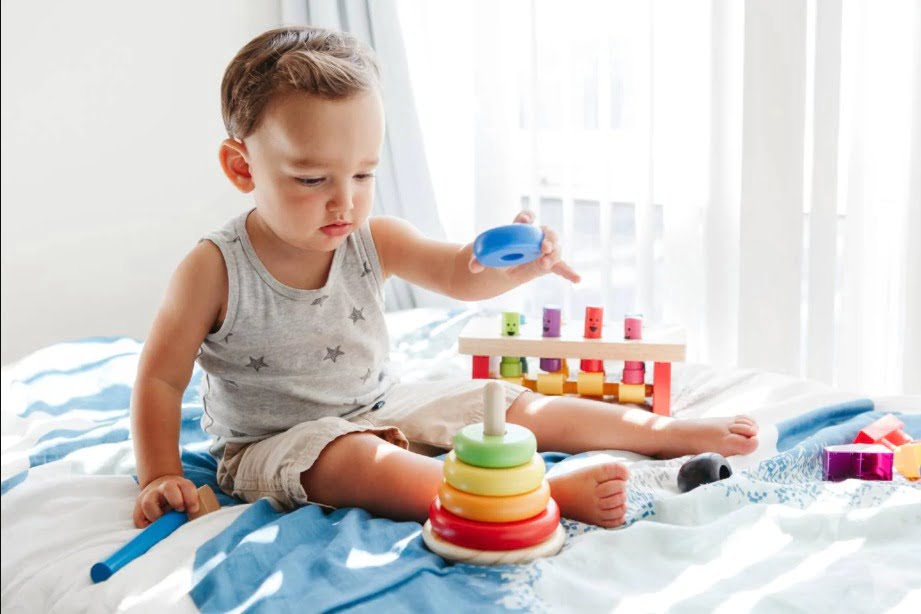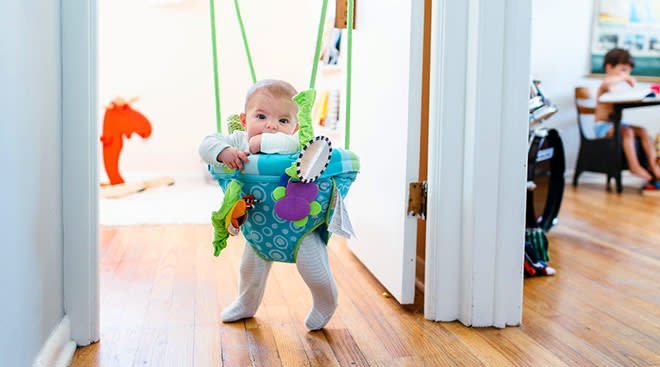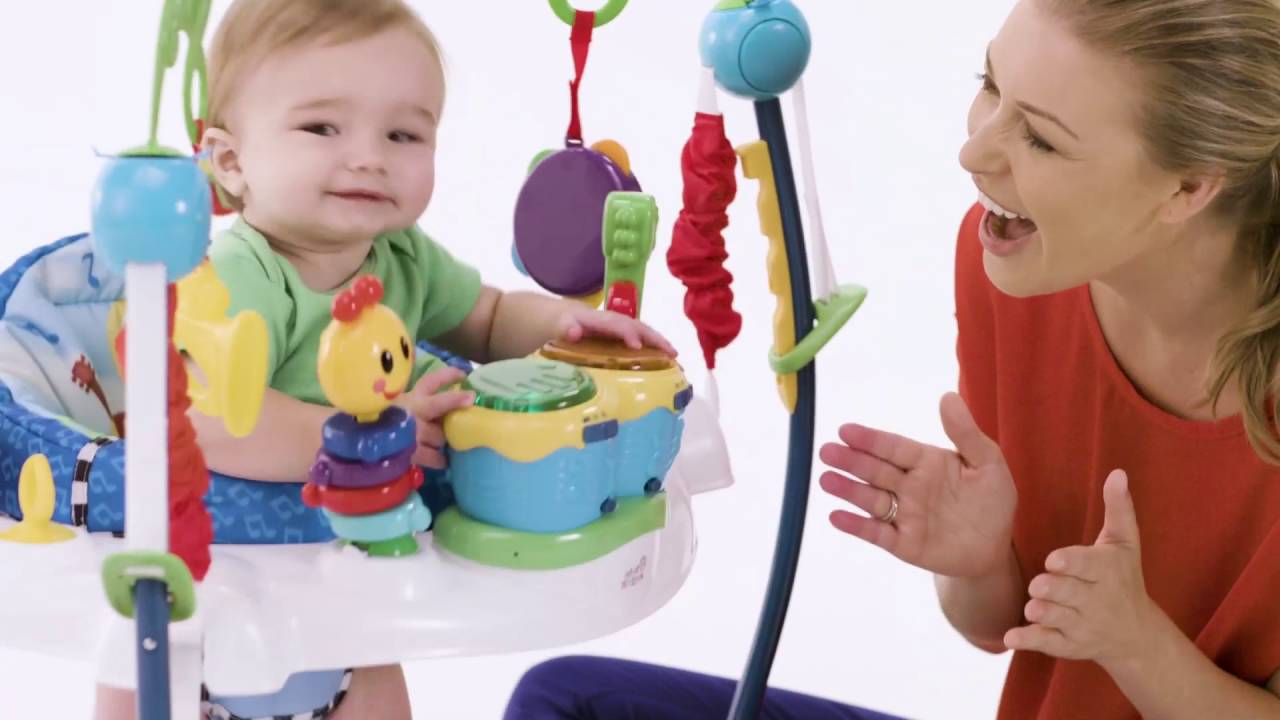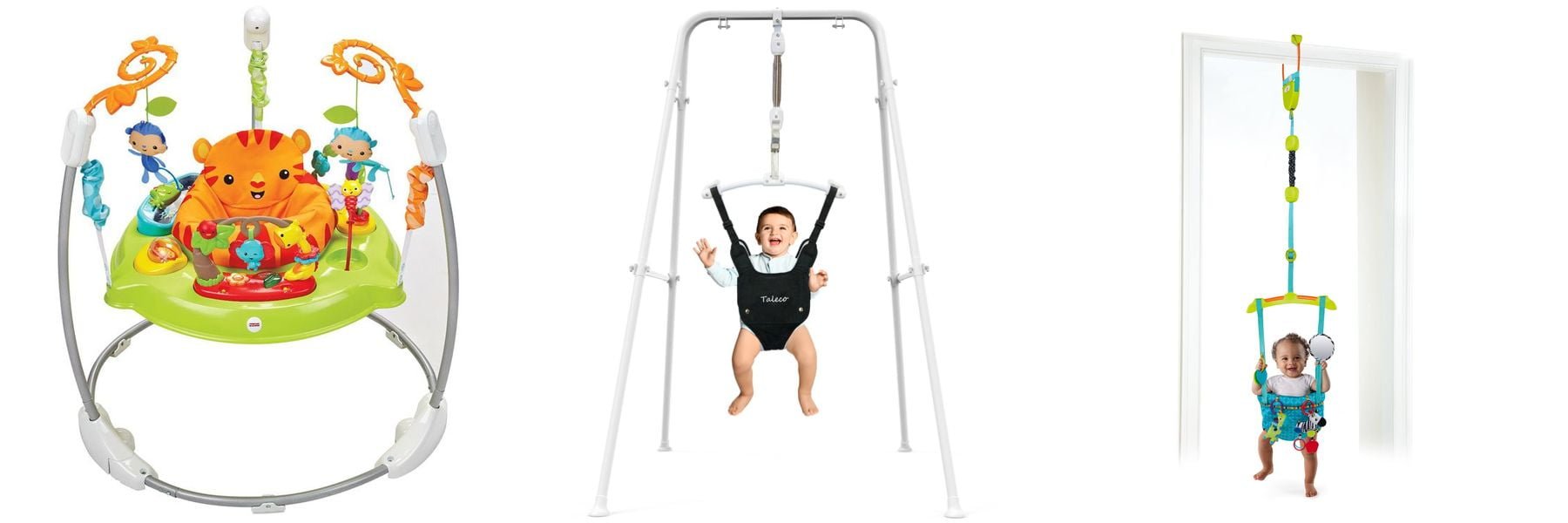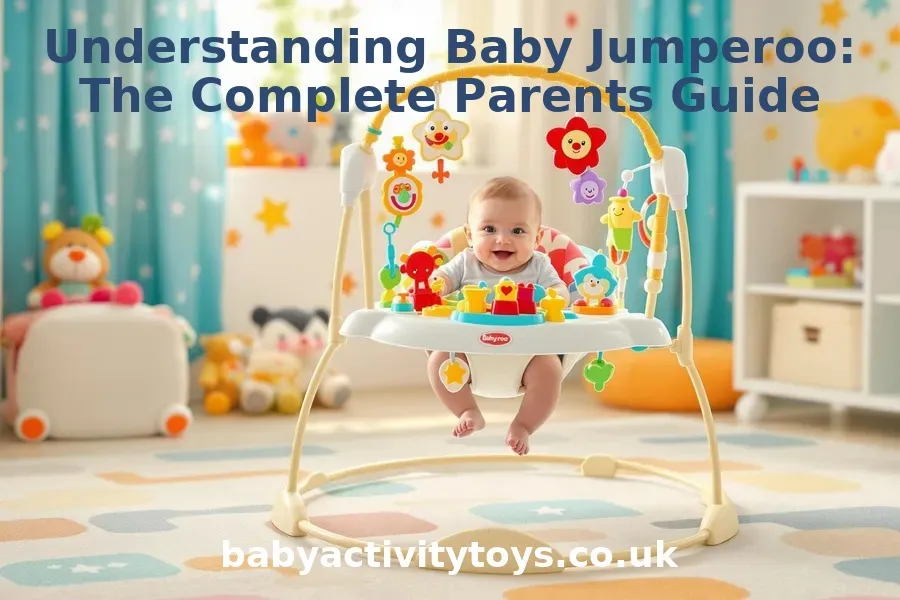
Understanding Baby Jumperoos
Did you know that Baby Jumperoos can enhance your child’s physical and cognitive development? These engaging devices are not just fun; they provide vital support for your little one’s growth. Discover the essential insights about choosing and using Jumperoos effectively!
What You Will Learn
- Baby Jumperoos are designed for babies who can hold their heads up unassisted, typically around 4 to 6 months old.
- Different types of Jumperoos, such as freestanding, doorway, multi-function, and portable, cater to various needs and spaces.
- Jumperoos promote physical development by strengthening leg muscles, which are crucial for future crawling and walking.
- Engaging toys and sensory stimulation found in Jumperoos can enhance cognitive skills and encourage interaction with caregivers.
- It’s recommended to limit Jumperoos usage to 15-20 minutes per session to prevent overstimulation and fatigue.
- When selecting a jumperoo, consider safety features, size, portability, and adjustable height for growing babies.
- Alternatives to Jumperoos, like exersaucers and playmats, may better suit your baby’s developmental stage or your home environment.
Prefer listening to reading? Don’t miss our podcast episode, All About Baby Jumperoos, where we discuss the pros, types, and tips for choosing the perfect Jumperoo! Listen to it here.
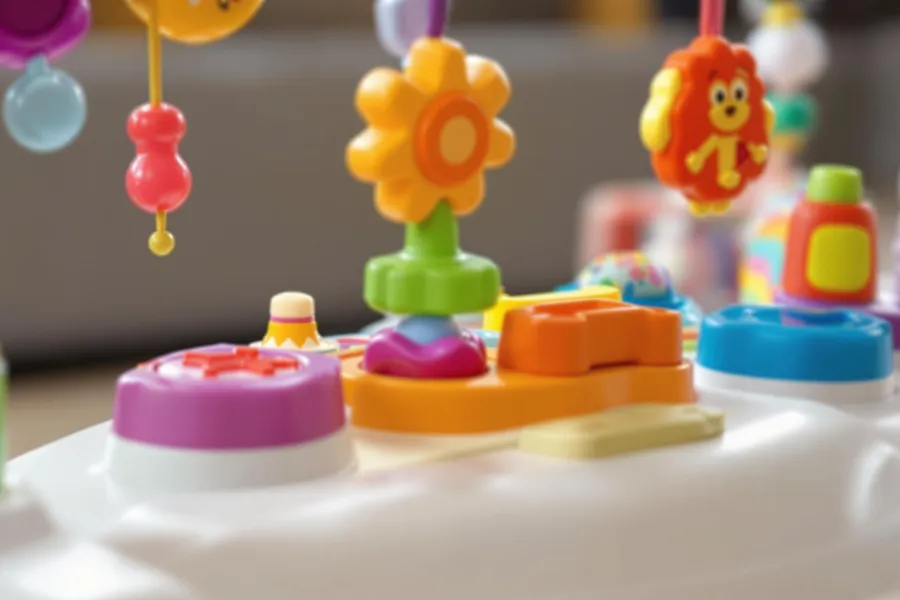
Understanding Baby Jumperoos
Baby Jumperoos are special devices designed to keep your little one entertained while they practice jumping and bouncing. They come equipped with a seat that allows babies to safely bounce up and down while being supported. Overall, these fun contraptions can help support your baby’s development and provide a safe space for them to play!
When looking at Baby Jumperoos, it’s important to choose one that fits your baby’s needs and your home environment. There are various types available, each with unique features. Understanding these differences can help you make a better choice for your family.
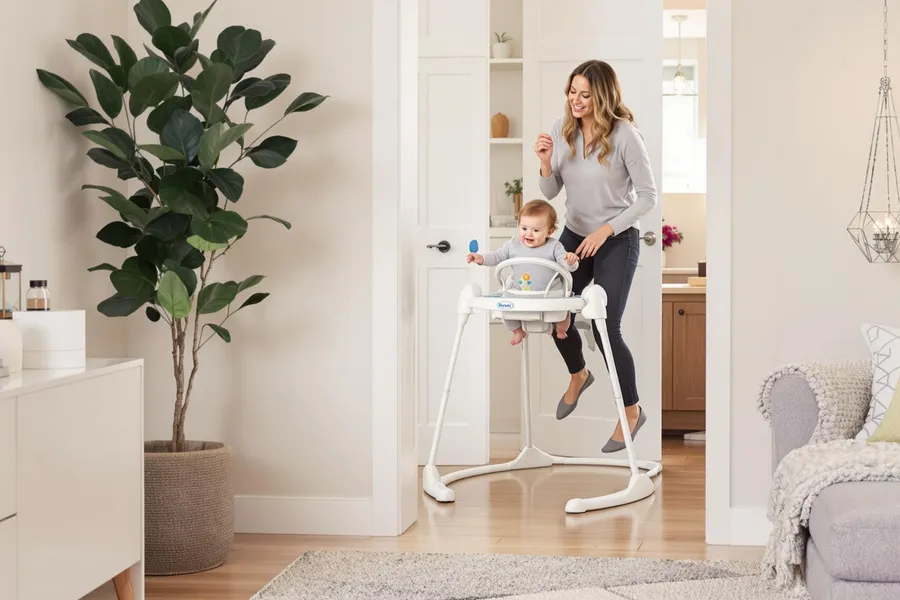
Defining Baby Jumperoos
A Baby Jumperoo is designed for babies who can hold their heads up unassisted. It usually has a sturdy frame and offers a variety of toys and activities to keep babies engaged. Most importantly, Jumperoos promote both fun and physical activity!
These devices are not just about jumping; they also offer visual and tactile stimulation. Many models include lights, sounds, and textures to stimulate your baby’s senses. This makes Jumperoos a fantastic tool for development, making playtime more enjoyable!
- Provides a safe space for jumping
- Includes engaging toys and activities
- Supports physical and sensory development
Types of Baby Jumperoos
When it comes to Baby Jumperoos, there are a couple of main categories to consider. Understanding these types can help you decide which one might be the best fit for your little one. Here’s a breakdown of the most common types:
- Freestanding Jumperoos
- Doorway Jumperoos
- Multi-Function Jumper
- Portable Jumperoo
Freestanding Jumperoos vs. Doorway Jumperoos
Freestanding Jumperoos are self-contained units that don’t need a doorway for support. They usually come with a variety of toys and sometimes even lights and sounds to keep your baby entertained. On the other hand, doorway Jumperoos attach to a door frame, allowing babies to bounce in a more confined space.
Both types have their pros and cons. Freestanding Jumperoos are often easier to set up and can be moved around the house. However, doorway Jumperoos are typically more compact and can be a great space-saver!
Multi-Function Jumper and Portable Jumperoo
Multi-Function Jumpers serve multiple purposes beyond just jumping. They can convert into activity centers or play tables, making them a great investment as your baby grows. A portable Jumperoo, on the other hand, is lightweight and easy to take on-the-go, perfect for travel or visiting friends and family.
Choosing between these options depends on your lifestyle. If you often travel or have limited space, a portable Jumperoo might be best. For those who want a versatile toy that will grow with their child, a multi-function jumper is a great choice!
Developmental Benefits of Baby Jumperoos
Baby Jumperoos can provide numerous developmental benefits for your child. They help enhance motor skills and support sensory development! Understanding these advantages can give you a clearer idea of why Jumperoos are popular among parents.
As your baby jumps, they strengthen their leg muscles, which is essential for crawling and walking later on. Besides physical benefits, Jumperoos also stimulate cognitive skills through play and interaction with different toys. Let’s explore how these devices can foster growth in young children!
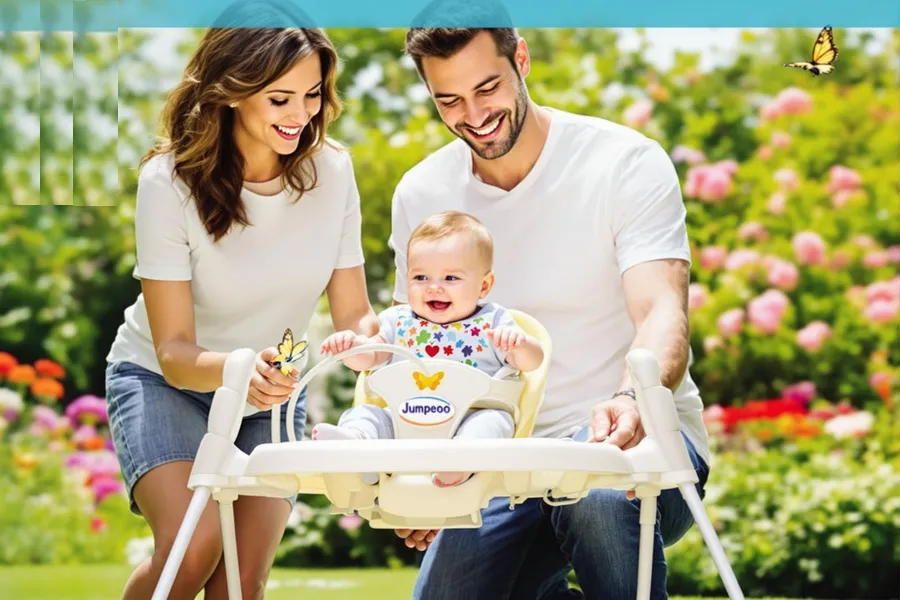
Addressing Common Concerns About Baby Jumperoos
When it comes to baby Jumperoos, many parents have questions about their safety, usage, and potential benefits. Understanding these common concerns can help you make informed decisions that are best for your little one. Let’s dive into some frequently asked questions to clarify any doubts you might have!
FAQs on Usage and Benefits
Many parents wonder about the right age for their babies to start using a Jumperoo. Generally, babies can begin using a Jumperoo when they can hold their head up independently, usually around 4 to 6 months old. This is a great time to introduce them to the fun and engaging environment of a Jumperoo!
- What Age Can a Baby Use a Jumperoo? Most babies can use a Jumperoo between 4 to 12 months old.
- How Long Should a Baby Stay in a Jumperoo? Limit Jumperoo time to about 15-20 minutes at a time to avoid overstimulation.
- Jumping Benefits and Developmental Toys: Jumperoos can enhance leg strength and coordination while keeping your baby entertained.
What Age Can a Baby Use a Jumperoo?
As mentioned, the ideal age for using a Jumperoo starts at around 4 months. It’s essential to ensure your baby has developed the necessary neck strength to support their head. Always check the manufacturer’s age guidelines before starting!
How Long Should a Baby Stay in a Jumperoo?
While Jumperoos are fun, it’s important not to overdo it. Experts recommend around 15 to 20 minutes per session. This helps prevent fatigue and ensures your baby enjoys their playtime without feeling overwhelmed.
Jumping Benefits and Developmental Toys
Jumperoos offer several developmental benefits, such as:
- Improving leg strength and coordination.
- Encouraging hand-eye coordination through reaching and grabbing.
- Providing sensory stimulation with lights and sounds.
- Fostering social interaction with parents and caregivers.
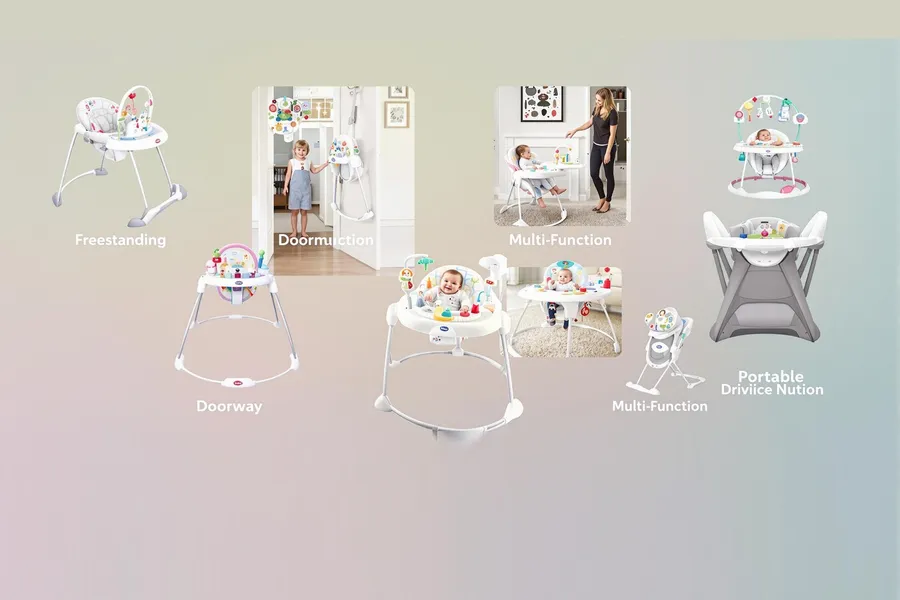
Final Insights on Choosing the Right Jumperoo
Selecting the right Jumperoo involves evaluating your options carefully. Consider your baby’s needs, safety features, and how the Jumperoo fits into your home environment. Making the right choice will enhance your baby’s playtime experience!
Evaluating Your Options
When shopping for a Jumperoo, think about the following factors:
- Safety Features: Check for sturdy construction and safety straps.
- Size and Portability: Make sure it fits your space and is easy to move if needed.
- Adjustable Height: Look for models that can grow with your baby.
Encouraging Safe Practices and Smart Purchases
It’s essential to encourage safe practices while using a Jumperoo. Always supervise your baby during playtime and adhere to the recommended age and time limits. This way, you’ll ensure that jumping remains a fun and safe activity!
Call to Action: Consider Your Family’s Needs
Before making a purchase, take a moment to consider your family’s specific needs. What features are most important for your home? Are there safety concerns you should keep in mind? By answering these questions, you can choose the best Jumperoo for your little one.
Baby Jumper Buying Guide and Recommendations
Here are some tips to help you choose the right Jumperoo:
- Read consumer reviews to gauge the experiences of other parents.
- Look for models with a variety of toys and activities.
- Choose a Jumperoo that offers easy cleaning options.
Jumperoo Alternatives for Different Needs
If a Jumperoo doesn’t seem like the right fit for your baby, consider alternatives like:
- Exersaucers: Great for babies who are ready to stand but not yet jump.
- Playmats: Offer a safe space for tummy time and play.
- Activity Centers: Combine fun toys with a safe space for your baby to explore.
By exploring these alternatives, you can find the perfect setup for your child’s playtime needs!



